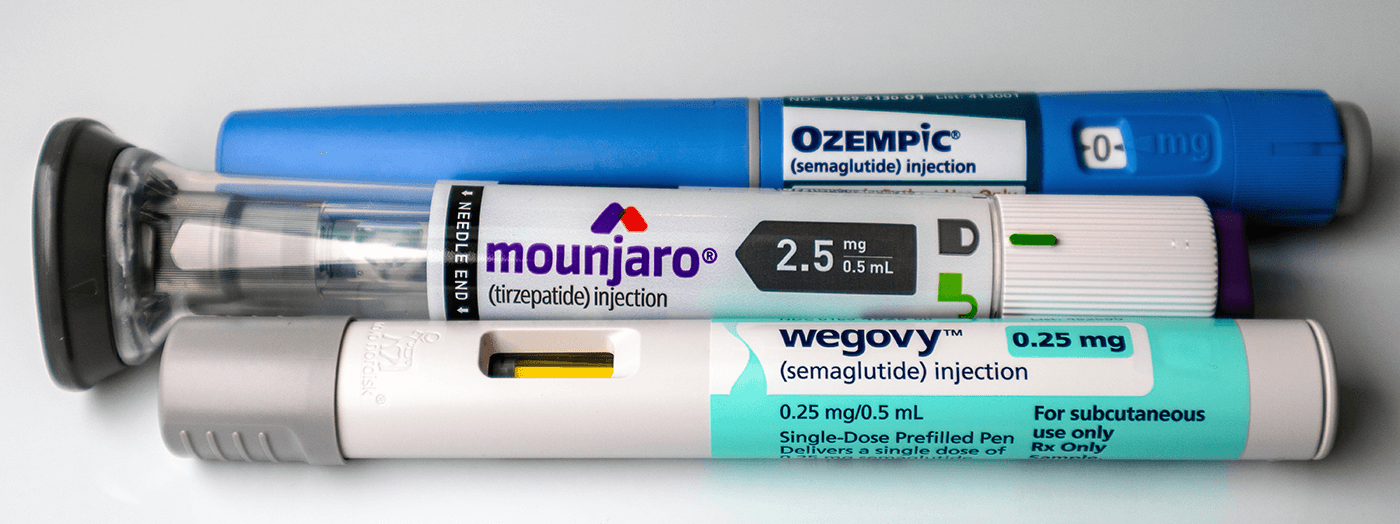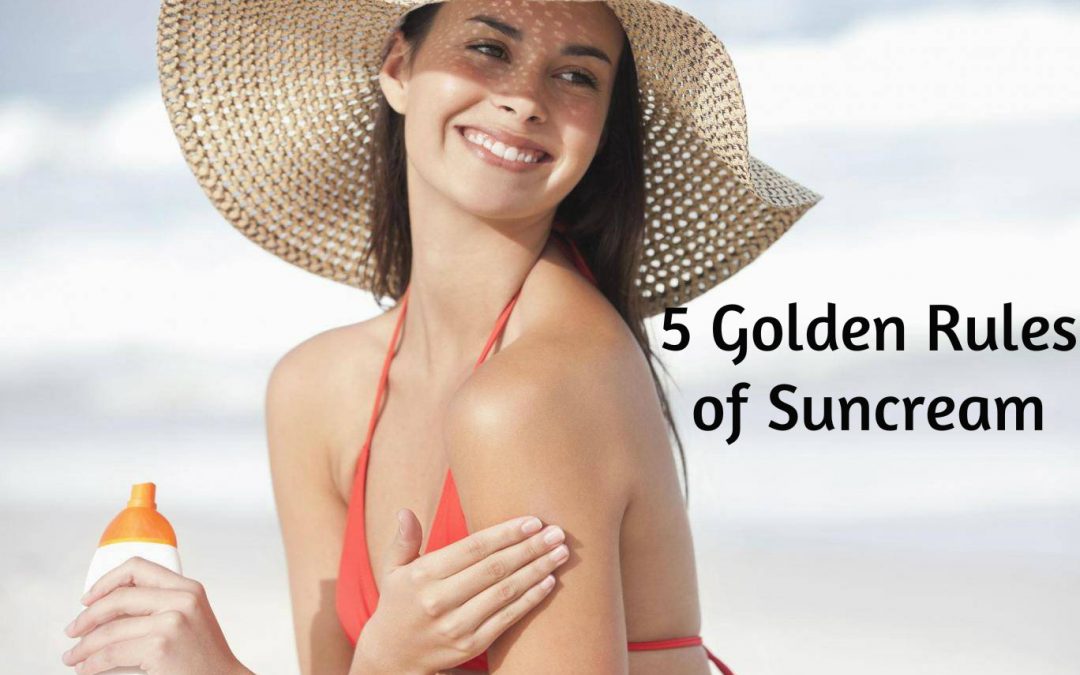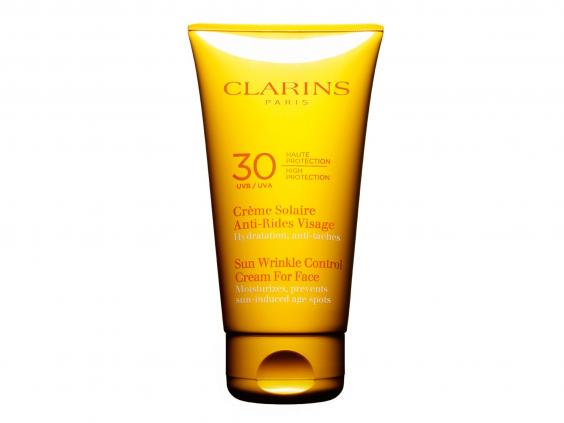Sun Care
Although it may seem crazy to you given the current climate, people can get just as much sun in Ireland as in the Mediterranean depending on their behaviour in the sun. Most people now appreciate the dangers of over exposure to the sun are taking a more sensible approach to prevent long term skin damage from sun rays
Sun rays from the ultraviolet light spectrum are responsible for suntan and sunburn, this spectrum is divided into UVA and UVB regions.
UVB are the Burning Rays
The upper layers of the skin mainly absorb these short rays they trigger the production of melanin, a pigment which produces the tan. Too much can cause burning, freckling and thickening of the skin. UVB light is resonsible for sunburn which looks red, feels tight, dry, and sore. UVB radiation is well known to cause damage to the DNA of skin cells. Skin cancers develop when this damage affects the DNA of genes that control growth and division of skin cells.
UVA are the AGEING rays
These longer rays can penetrate deeply into the skin and can trigger skin allergies and cause premature ageing. They also contribute to skin cancer formation.
It is important to realise that sun exposure adds up
Exposure is not just a day at the beach, it happens when you are in the sun at any time, gardening, watching football, going to and from the car, riding a bike etc.
What are SPF Ratings?
Sunscreens increase the amount of time to be safely spent in the sun,
Sun protection factor (SPF) describes how long a product will protect your skin if you apply the sunscreen correctly.
If your skin begins to burns after ten minutes in the sun, a sun protection factor of ten will increase your protection time in the sun to 1hr 40 mins.
10(burn time) x 10(SPF) = 100 minutes = 1hr 40 mins
10(burn time) x 30 (SPF) = 300 mins = 5 hrs
It is recommened you apply sunscreen every TWO hours and choose a product that protects against both UVA/UVB light.
5 GOLDEN RULES
Avoid exposure between 12 p.m. and 4 p.m – This is the period when ultraviolet rays are at their most dangerous.
Keep children in the shade – For safety, children under the age of 3 should not be exposed at all.
Cover Up – Opaque clothing should be worn when possible, along with wide-brimmed hats and filtering sunglasses.
Reapply sunscreen every two hours even if it is water-resistant – Remember to apply sufficient sunscreen to the back of the neck, the ears and the feet.
Once a day sunscreen – these claim to protect you from the sun all day with only one application. Tests completed on these sunscreens have shown otherwise though, so we recommend you stick to the normal guidelines when it comes to application.
How to apply sunscreen properly
While sunscreen should not be your only source of protection, it does need to be applied correctly. Few of us apply It liberally or frequently enough. Applying a thin layer can actually halve the protecting you get.
To cover he average adult you need about 35ml of sunscreen and his should be applied 30mins before exposure o he sun to give maximum protection. While some sunscreens are waterproof, remember if you get out and dry yourself with a towel, most of he product will be wiped off and will need to be reapplied.
Suncare for Children
If we can ensure to offer children as much protection as possible, they can continue to play in the sun without worry. Babies under six months should be kept out of the sun altogether as their skin is still unable to produce enough melanin to protect them from UV light:
- Always use SPF minimum of 30 for kids
- Use a hat and t-shirt to cover them while in full sun
- Keep them well hydrated and give plenty of fluids
- Small sunglasses are useful, not TOY sunglasses
- Never allow children’s skin to redden, this burning will cause irreversible damage
SAFE SUN ADVICE
- Seek shade during the hottest part of the day (11am-3pm)
- Cover up, clothes can protect from UV rays but they are not enough on their own, Dark colours have more protection.
- Wear a hat- protects the neck and ears, eyes and forehead and nose, all sun sensitive areas
- Sunglasses are a must- time spent in strong sunlight can cause eye damage-sand and water increase the intensity of the suns rays
- Lip salves can reduce lip damage and sores
- Don’t forget to apply sunscreen to toes, back of neck and earlobes
- Sunscreens older than 12 months should be thrown out
- While in use store in a cool dark place out of the sun
- Some medications can cause he skin o become more sensitive to sunlight, ask the pharmacist (doxycycline,tetracycline, digoxin, Roaccutane)
SUNBURN
Sunburn is basically a skin condition due to over-exposure of UV rays of sun.
First degree burn consists of redness and pain,
Second degree burn constitutes redness, pain and water bubbles
Third degree burn has all previous plus white patches of skin
Symptoms-
Initially your skin turns red about 2-6 hours after exposure and feels irritated, the peak effects are noted at 12-24 hours
- Nausea
- Vomiting
- Headache ,chills, weakness
- Dehydration
- Blistering- may range from a very fine blister to very large water filled blisters
Remember-DO NOT BURST BLISTERS; they are your body’s way of protecting the skin underneath by forming a sterile environment for healing.
Consult a doctor if you have any signs of shock, heat exhaustion,dehydration,or other serious reaction.
These signs include:
- Feeling faint or dizzy
- Rapid pulse/breahing
- Exreme thirst, no urine output, sunken eyes
- Nausea, fever, chills or rash
- Extreme itch
- Severe painful blisters
Treatment/Advice
Various After-sun lotions and creams are useful to lock in moisture- sore in the fridge for enhanced cooling effect
Anti-inflammatories– Ibuprofen or aspirin
Can ease inflammation or control swelling, for babies calpol and nurofen alternating can reduce swelling and pain
Take a cool bath or shower, or place wet,cold compress on the burn for a period of 10-15 mins, a few times per day
Aloe vera gel can be used to cool and soothe, it forms a protective layer which seals valuable moisture into the skin
Lavender oil helps to soothe pain and promote new skin growth, mix with aloe vera for best results
Cooling gels/preparations like calamine lotion or acriflex cooling gel.
Antihisamines can be used o treat heat rash, an itchy skin condition associated with heat exposure
A mixture of Hydrocortisone 1% and Aqueous cream is useful for heat rash or prickly heat also
Eurax cream can also be advised o treat the itch
**drink plenty of fluids for a few days after exposure to speed up healing
The Don’ts:
- Avoid bath salts an perfumes while skin is healing
- Avoid scrubbing or shaving
- Never pop or burst a fluid filled blister- could lead to infection
- Don’t use petroleum based emollients (Vaseline) they can trap heat and sweat and actually make things worse
OUR TOP PRODUCT PICK!
https://www.mcdaidpharmacy.ie/product/clarins-sun-care-milk-lotion-spray-uvauvb-50-150ml-clarins-tan-clarins-ireland-2/
1. Clarins Sun Wrinkle Control Cream for Face UVB/UVA 30, 75ml: , Clarins
- Suitable for all skin types
- Lightweight, doesn’t clog pores and absorbs quickly
- Leave no white marks
- UVA/UVB protection and SPF 30
- Contains anti-ageing properties to help reduce wrinkles
- Highly moisturising
- Can wear under make-up





